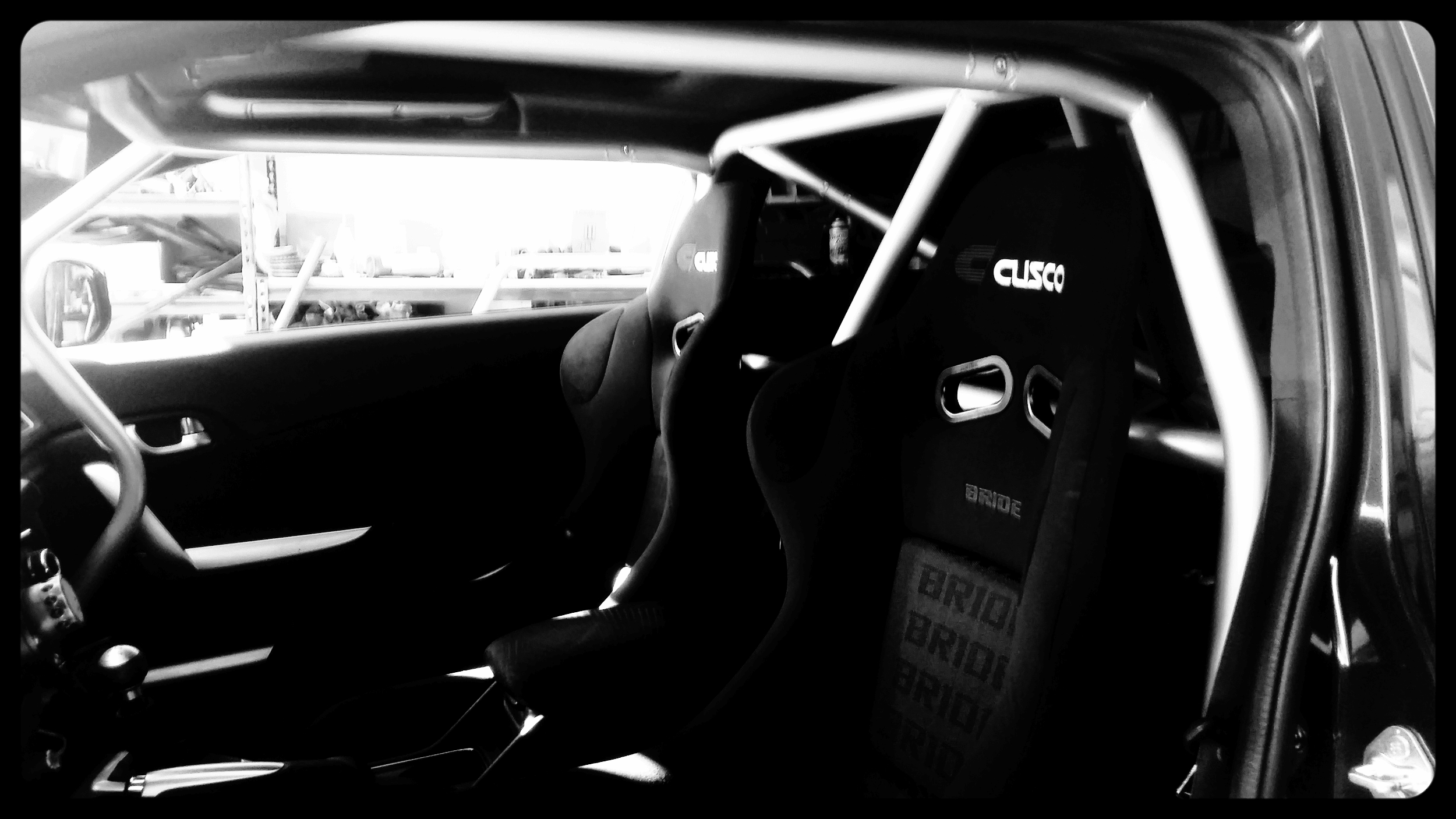Why do we weld aluminum with Alternating Current (AC)?
The answer has to do with the material itself. Aluminum is a really unique metal and in this short video, Justin breaks it all down from the reason we use AC, characteristics of aluminum that make it tricky to weld. Justin also talks about the history of TIG machines and how much they have changed, and even the base settings that work on almost every modern TIG machine.
Key Takeaways
Aluminum has a natural occurring layer surrounding it at all times. This layer is called the oxide layer and it is present at all times. The oxide layer is what you are actually looking at when you are staring at a piece of aluminum.
The tricky part is the oxide layer technically can’t be removed just by scraping it off because it has the ability to grow back almost instantly.
The oxide layer melting temperature is roughly 3x compared to the core layer
The core layer can’t be welded without removing the oxide layer first.
Alternating Current (AC) has both positive current AND and negative current. The positive side breaks the oxide layer away and the negative current penetrates into the core. If we used Direct Current (DC) on either negative or or positive, the tungsten would either explode, or, the core layer would melt before the oxide layer which means the oxide layer would stay on the part.
DC positive makes the tungsten explode and melt down but can break the oxide layer
DC negative will penetrate the core but will not break the oxide layer
AC breaks the oxide layer on the positive side of the cycle, then penetrates the core during the negative side of the cycle after the oxide layer is removed.
NOTE: Procedures DO exist for DC TIG welding of aluminum with helium. However, these procedures are not meant for regular everyday welding. They are specialty procedures. It is very common for people to think they can just use DC for aluminum TIG if their machine doesn’t have AC, but the results are NOT the same and you will spend a lot of money trying to make it happen. Take it from us - it does not work like you think it will.
Transformer machines are what originally wrote the rules of TIG welding aluminum. These rules became the staple of what everyone knew and taught for decades because nothing ever changed. Transformer units were extremely primitive in their capabilities and if you could weld aluminum with them back in the day - you were basically a welding God.
Transformer units basically took what the socket of the wall gave you and put it in your hands
The only real control you had with an old school transformer was amperage output and your own skill
TIG welding aluminum on an old transformer unit was the ultimate skill achievement unlocked.
Sine Waves were all we had to work with in the beginning. Like we previously mentioned, old transformer units only gave us what came out of the wall to use. In North America, the wall gave us a 60Hz Sine wave at 50/50 balance. The sine wave was terribly inefficient because the amperage (or power output) would constantly change as you welded. This is why machines were huge and required so much power to weld what seemed like super thin aluminum when compared to modern machines. A 200 amp sine wave was only good for maybe 3/16” material if you were lucky.
Sine waves are very inefficient
Welders would often need 2x power output to weld the same material on a modern machine.
Sine waves were phased out long ago and are rare to see on a modern machine as they do not serve much use
Square wave equipped machines are the new standard. In the early 1990’s, a company called Sanrex created the square wave machine. It used inverter technology as opposed to a transformer. Square wave units hit the peak amperage and stay at that amperage during the cycle. If you dial in 100 amps - the square wave produces 100 amps continuously.
Square waves produce a constant amount of power compared to Sine waves
Square waves are more efficient and can do more work with less power
AC Balance control used to be a luxury - now it’s a standard! Back in the 1970’s, Miller found out that the positive side of the cycle, which was only used for breaking the oxide layer away, didn’t need to be working half of the time. They ultimately figured out that if you subtract some of the time spent on the positive side, and then moved the difference to the negative side, you would gain more efficiency out of every cycle.
This option was not available on all machines until the late 90’s to early 2000’s, but on modern machines, it is rare to have a machine that isn’t equipped with balance control.
Balance control is the relationship of the positive side to the negative side over ONE cycle
Less time on positive equals more time doing work on the negative side
This also means we do not ball the tungsten anymore
AC Balance is usually set with a 30+/70- ratio
Some machines adjust balance differently. There is an old story about this (which is told in the video), but basically, some machines reference the positive side for adjustment. Some machines reference the negative side for adjustment. As long as you have the torch in the negative terminal with the clamp in the positive terminal, you can easily figure out which side your machine references.
Set the balance dial to 70
if the tungsten explodes - turn it to 30
vice versa
AC Frequency can be very confusing because the rules exclude one often overlooked factor. If AC Balance is the relationship between positive and negative over ONE cycle, how many times we jump between positive in negative in one second is the frequency. This number or setting is measured in Hertz (Hz).
Common teachings suggest that lower frequencies net wide arc characteristics which basically means - big wide weld pool. On the opposite side, they suggest a high frequency will net a narrow arc characteristic which basically means - narrow tight weld pool.
Most commonly overlooked regarding that rule is that everything we do in TIG welding is based on time. If you set the frequency low and move fast - it will be narrow. If you set the frequency high and move slow - it will be wide.
Frequency settings are entirely based on preference. Some people like it higher, while some people like it lower. It’s up to you where you want to run it.
The universal base frequency setting is 120Hz unless you want to change it
Lower frequencies will do more work per cycle, but you have to keep up and control them
Higher frequencies will stay tight and do less work, but if you spend too much time, your part will overheat and potentially melt down
Amperage is a measure of how much power we need to melt metal. We generally set the machine to 1 amp per .001” of material thickness, or, 40 amps per 1mm of material thickness. This rule is also based on time, though.
If you don’t have enough amps to melt the metal quickly, you can wait longer (more time). If you have too many amps, you can move faster (less time). You always want to target your amperage per the rule and keep your pace with it. Do not confuse amps with heat - time is heat. The more time you spend trying to weld a part, regardless of how many amps you use, the hotter the part will get.
1 amp per .001” or 40 amps per 1mm of material thickness
Always target your amperage setting to the rule and try to control it
Amps and heat are NOT the same thing
You might find additional waveforms and settings in modern machines. These additional features and functions are designed to help with specific processes for experienced welders. Do not think that you can’t weld properly without these features. If you can’t weld without them - then welding with them wont do you any good.
REMEMBER - We welded with no features back in the day and there was nothing we couldn’t do. It is all based on skill which comes from repetition. You only get this skill from practicing.
“It’s not a microwave. You can’t just go bleep-bloop-bleep and expect to get what you thought you were gonna get.”
Universal Reference Settings
No matter what you are welding, you can always reference the machine to the following and either start here, or revert back here if you are lost.
AC Square wave for aluminum (not DC).
120Hz is the universal frequency until you figure out where you like it, or how to adjust for different jobs
30+/70- is the universal AC Balance. Do not ball your tungsten.
1 amp per .001” or 40 amps per 1mm of material thickness. Learn to control it
Heat is all about time. If you keep blasting it for too long, it’s only getting hotter regardless of how many amps you use
This article is proudly written with 0.00% AI.

